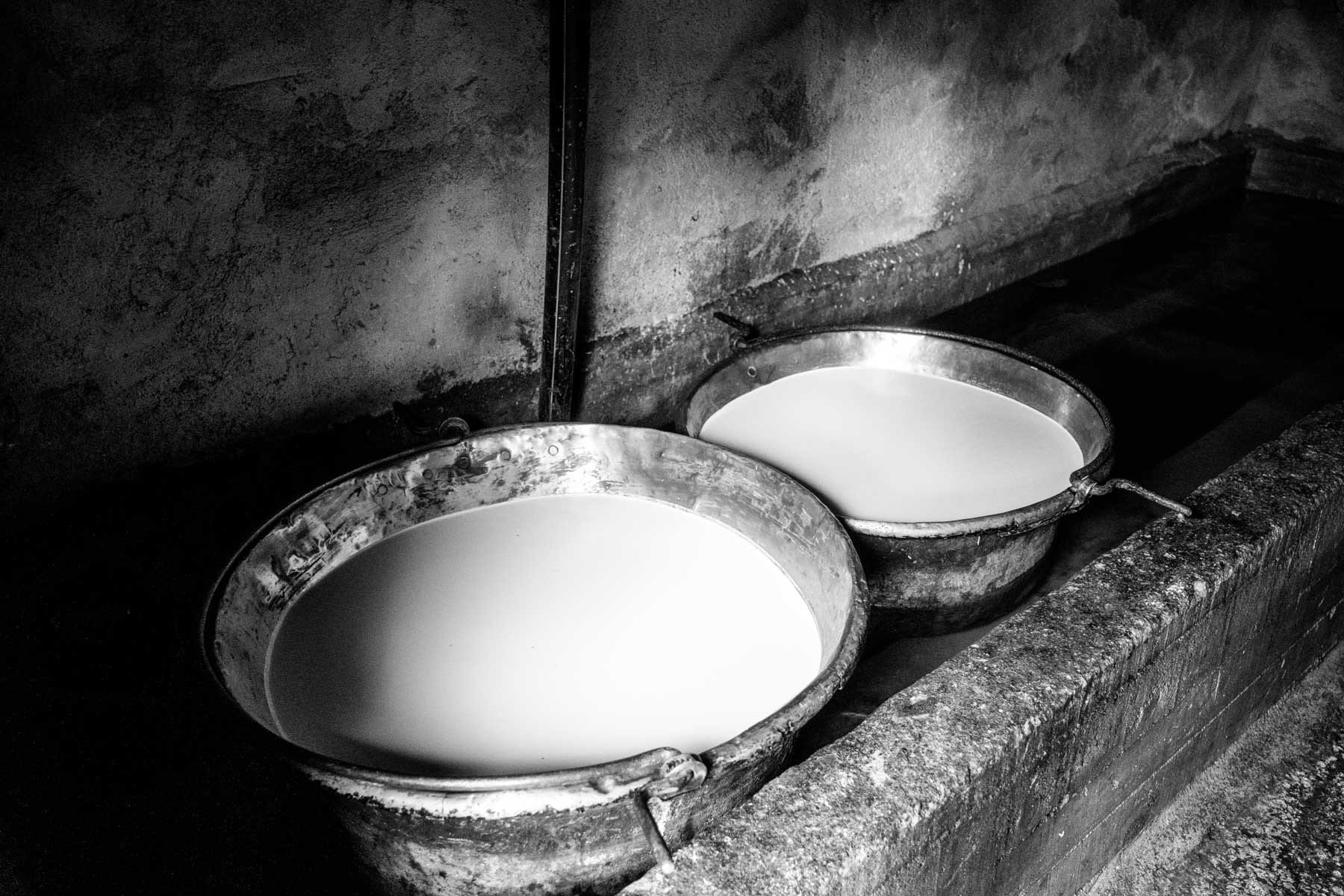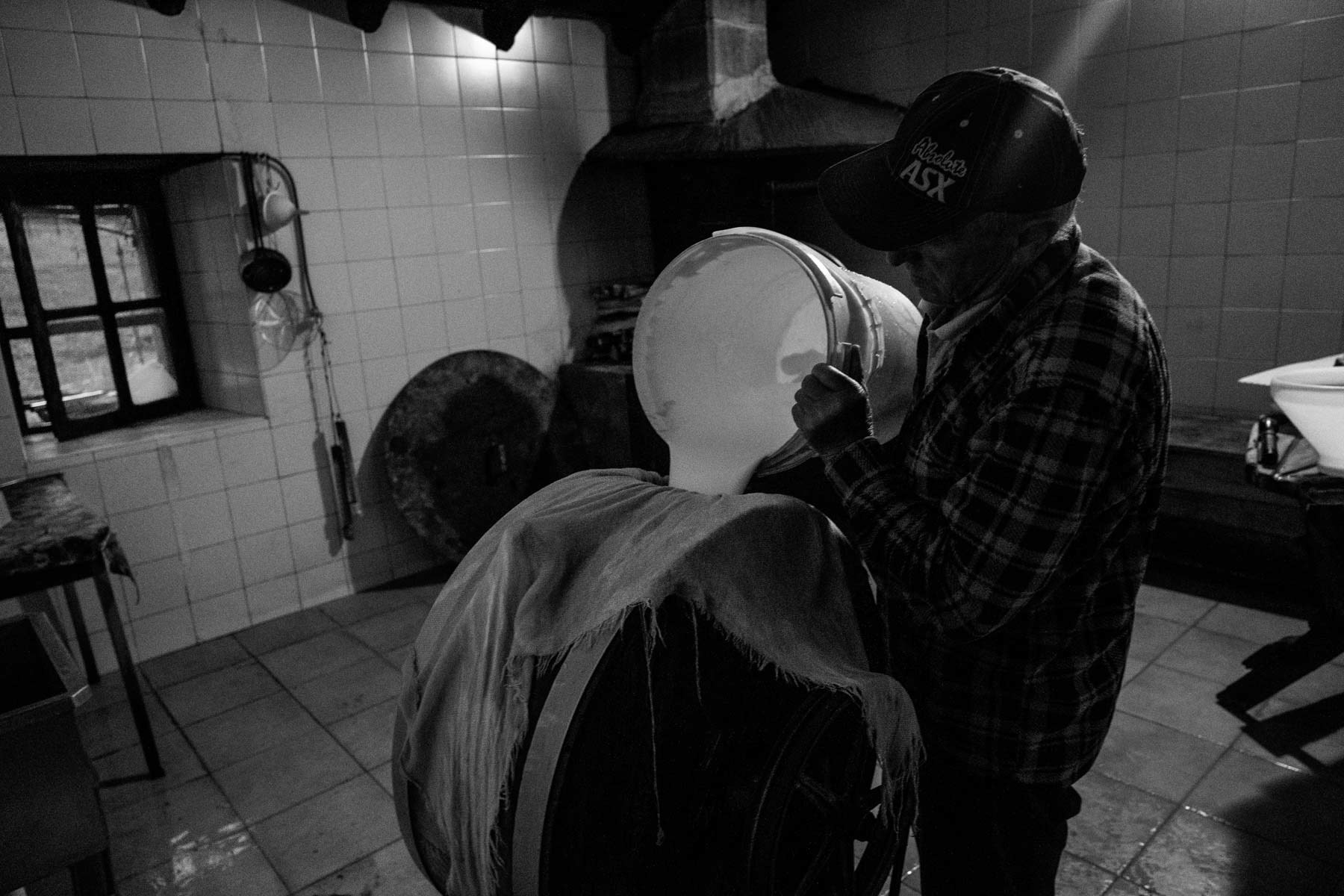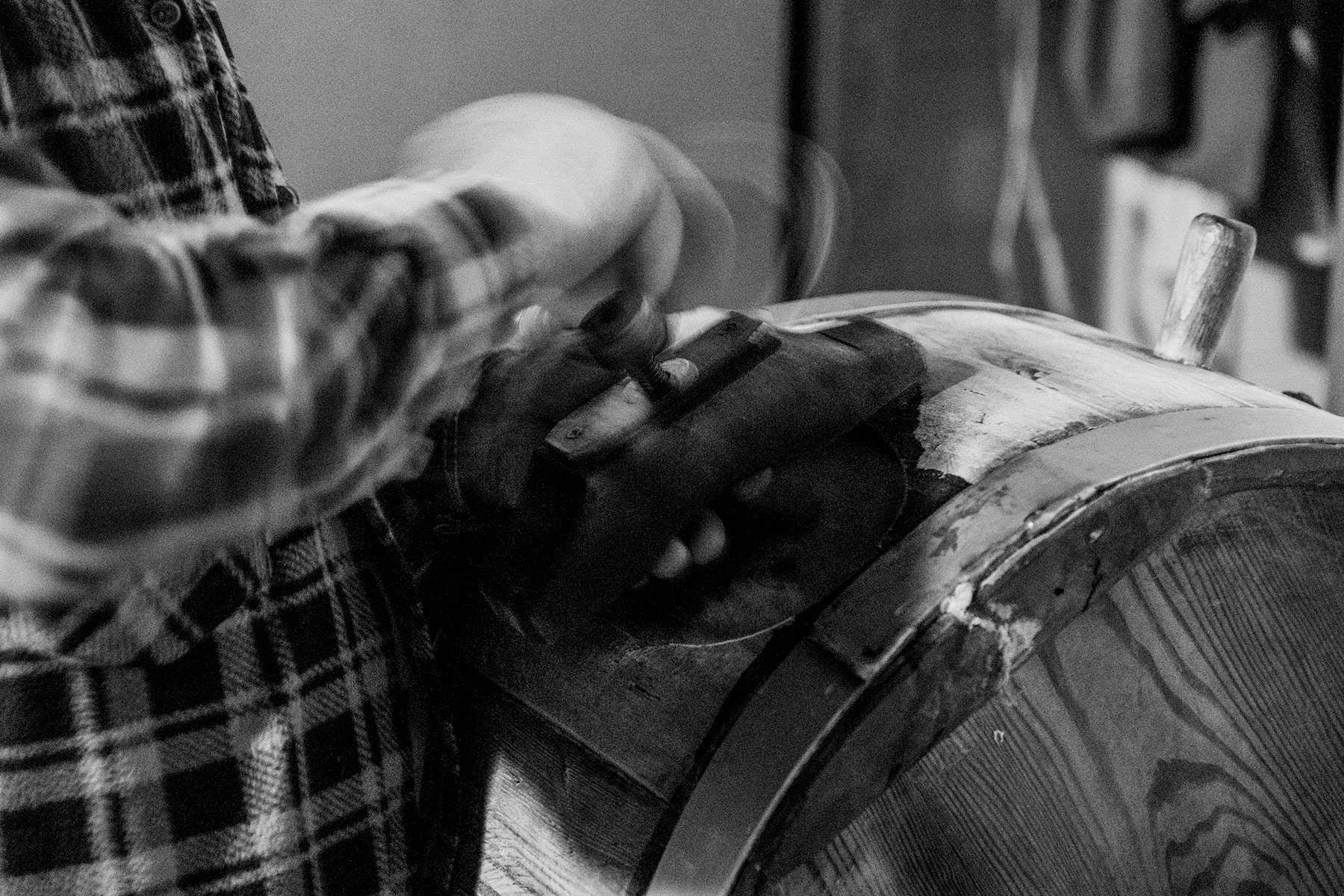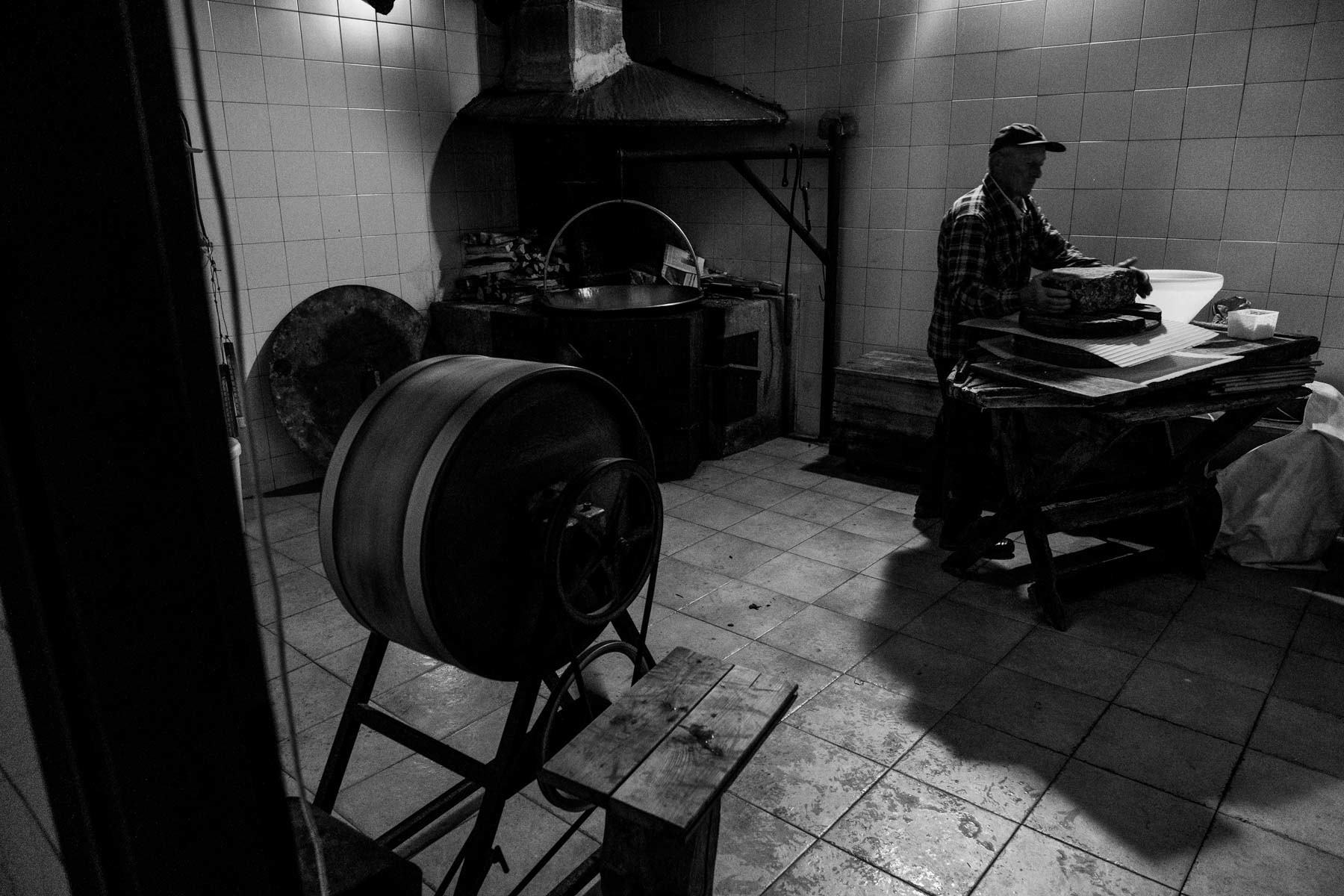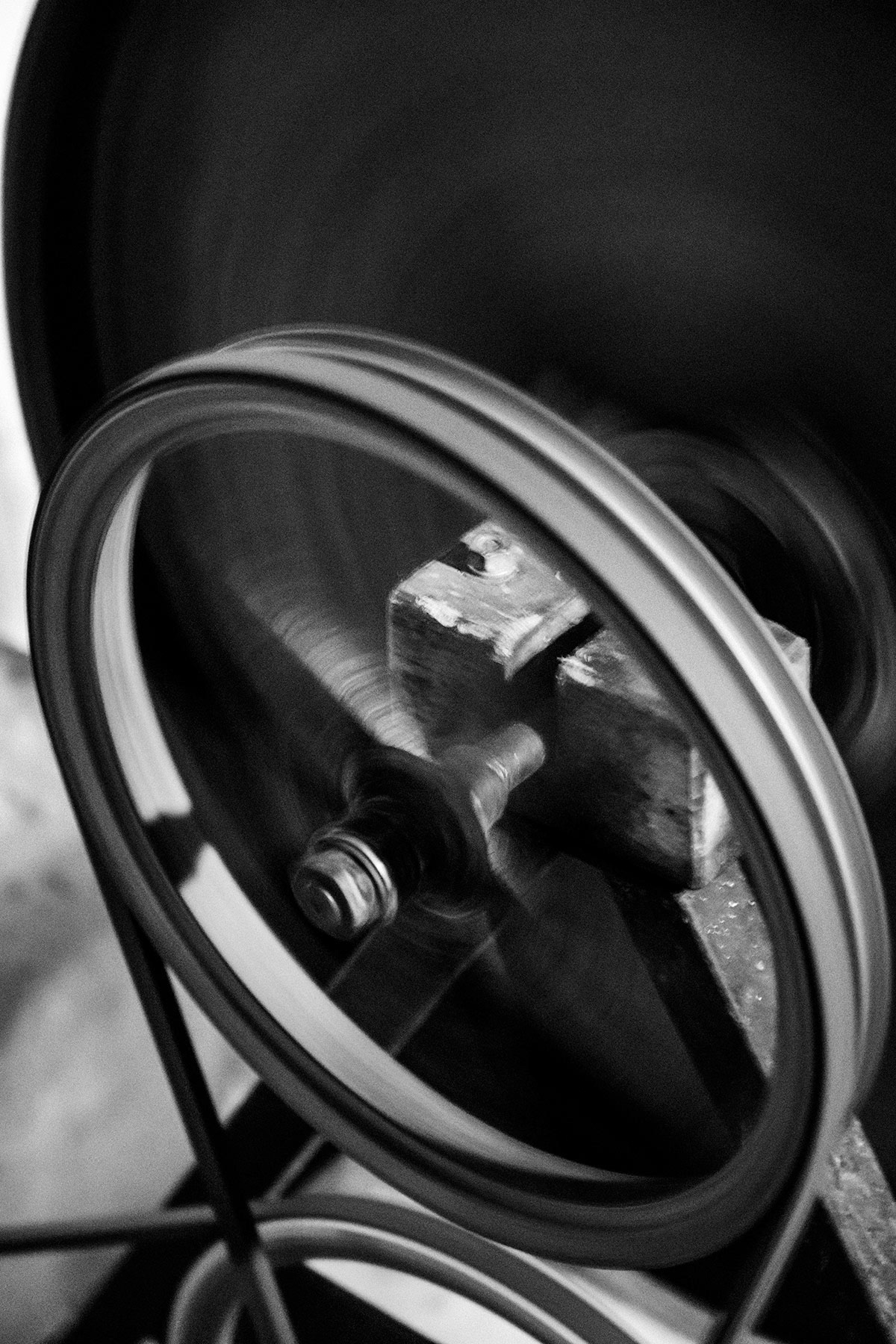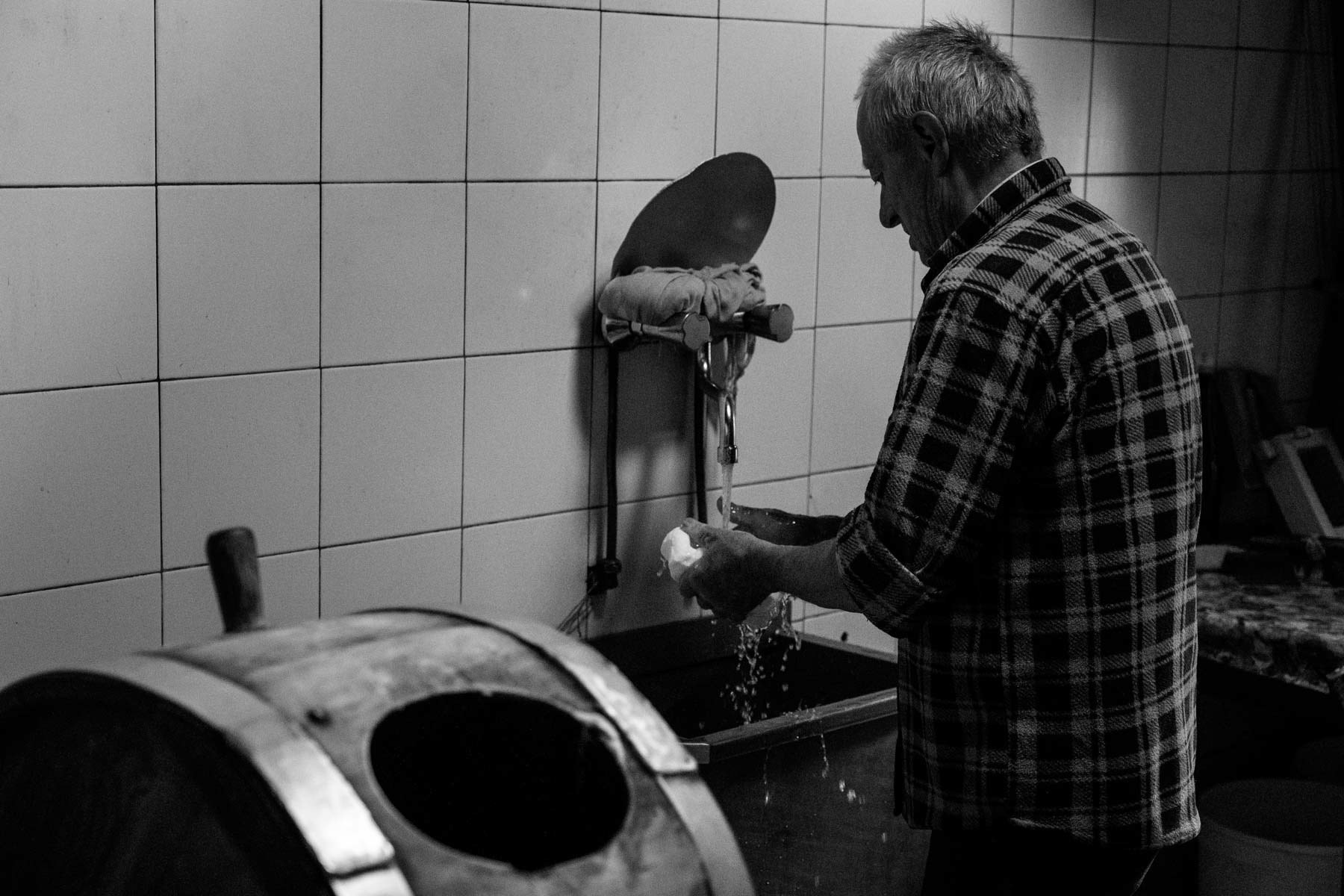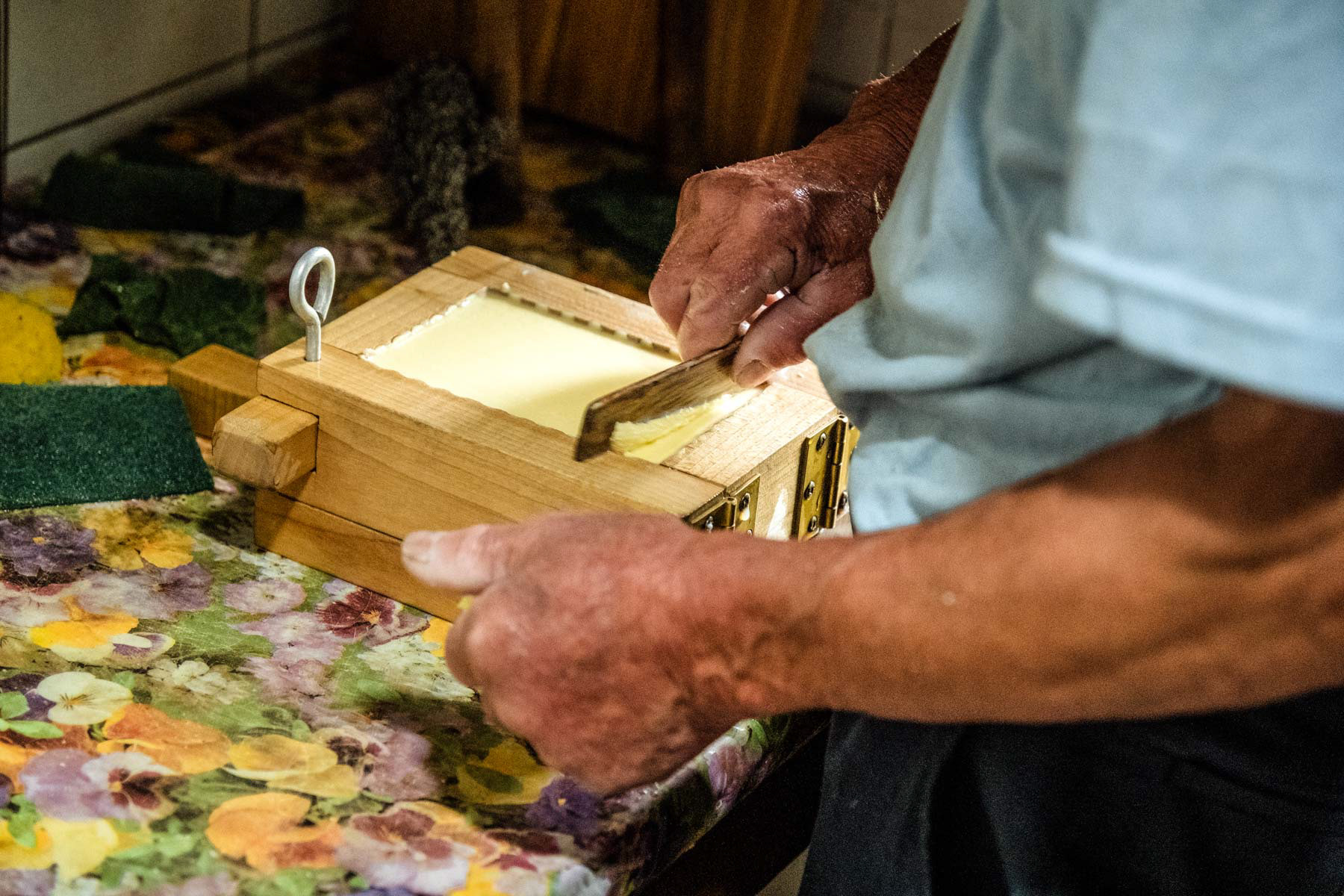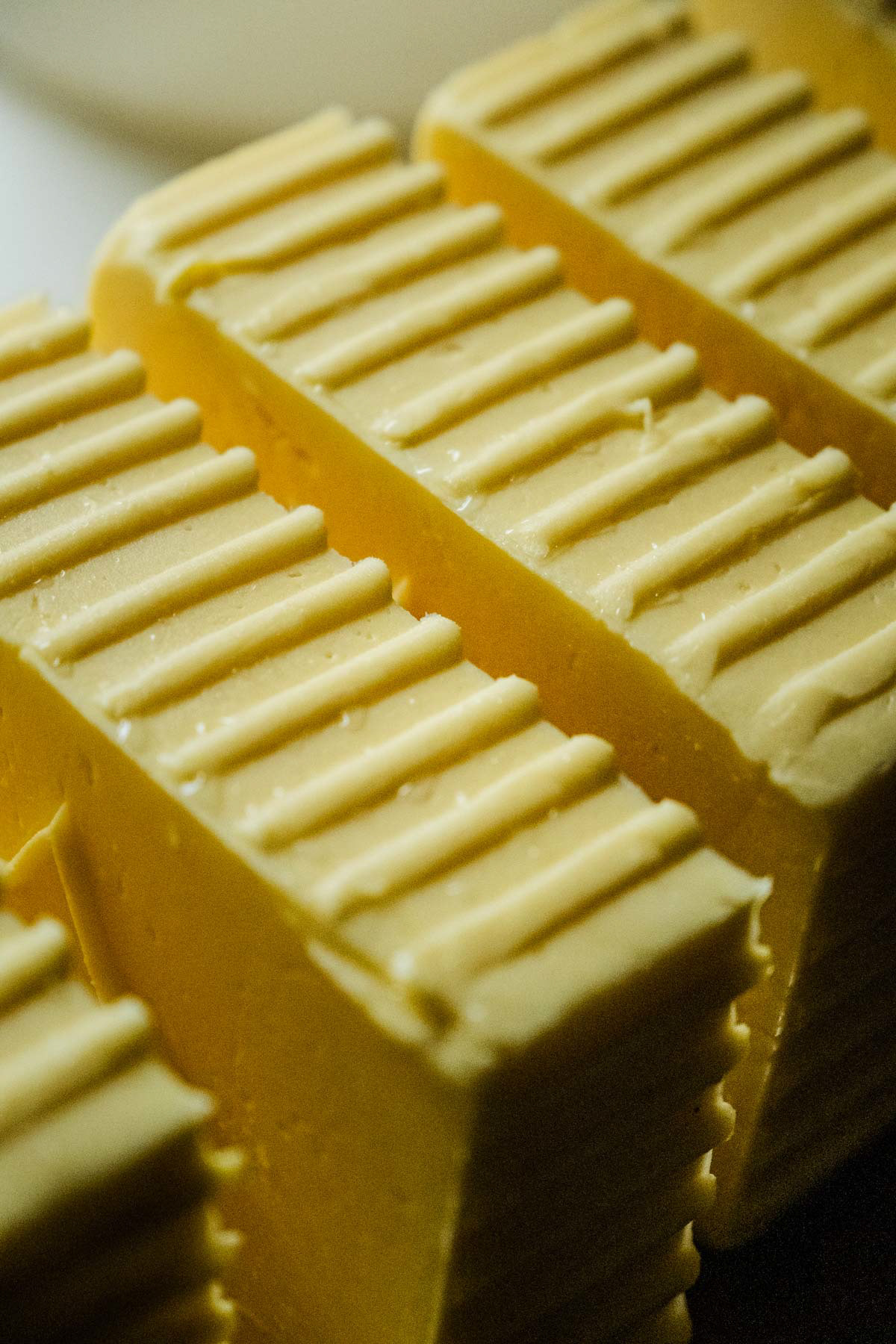They are the Buglio, father and son, cheese makers from Val Caronno (located in Valtellina, near Sondrio).
They own a herd of approximately 50 cows (calves included) in a free-range type of farm (every cow and calf has its own name), and they spend the summer living in a small alpine hut at 1600m above sea level, close to Scais’ lake.
They own a herd of approximately 50 cows (calves included) in a free-range type of farm (every cow and calf has its own name), and they spend the summer living in a small alpine hut at 1600m above sea level, close to Scais’ lake.
By breeding the cows in a free range farm and feeding them only with wild herbs,the diary products they produce have a distinct scent that reminds of the beauty and purity of the alpine pastures.
As they told me, "this is a simple hard life that doesn’t reward us with gold or power, but with the beauty of crafting an edible piece of art".
As they told me, "this is a simple hard life that doesn’t reward us with gold or power, but with the beauty of crafting an edible piece of art".
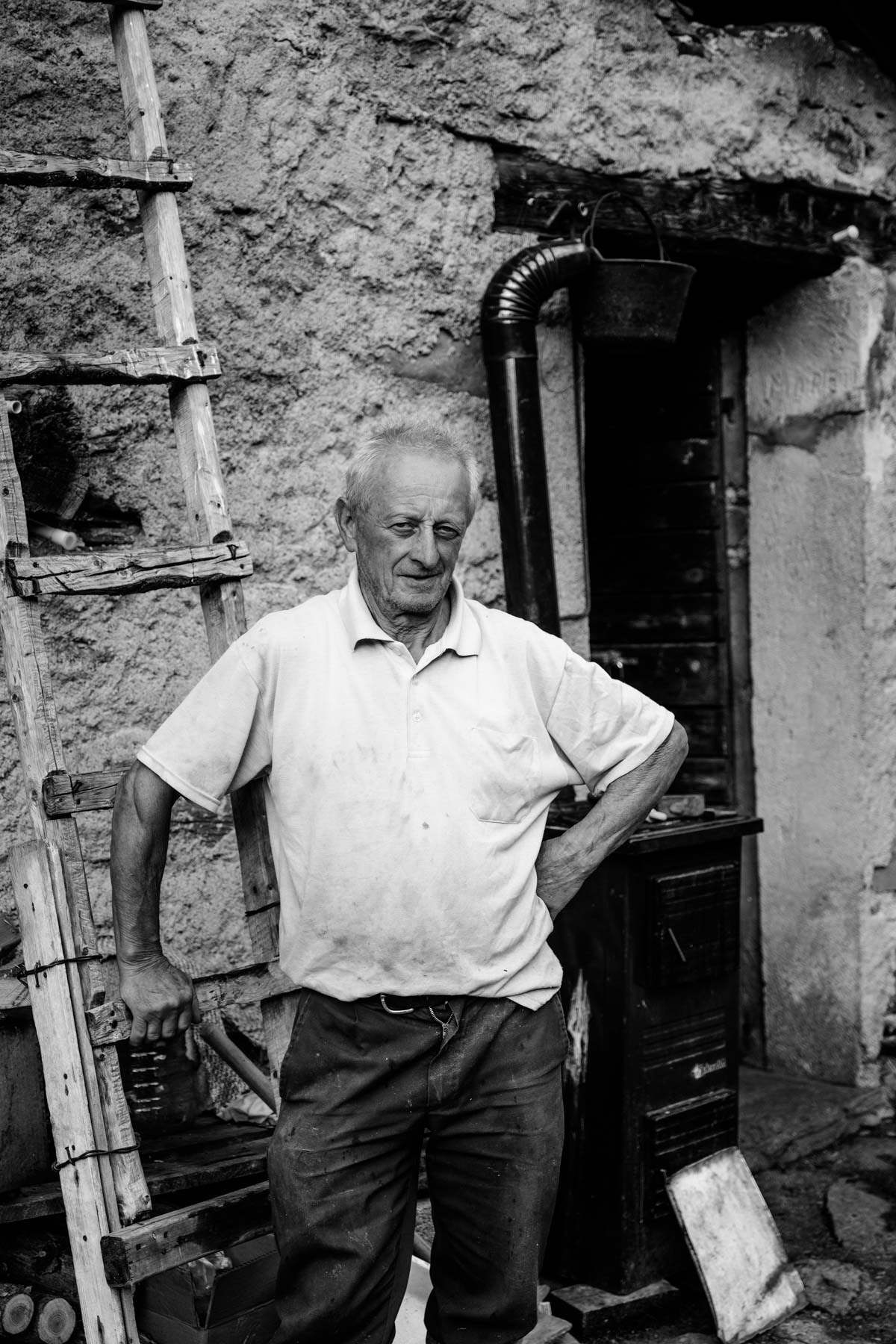
Father
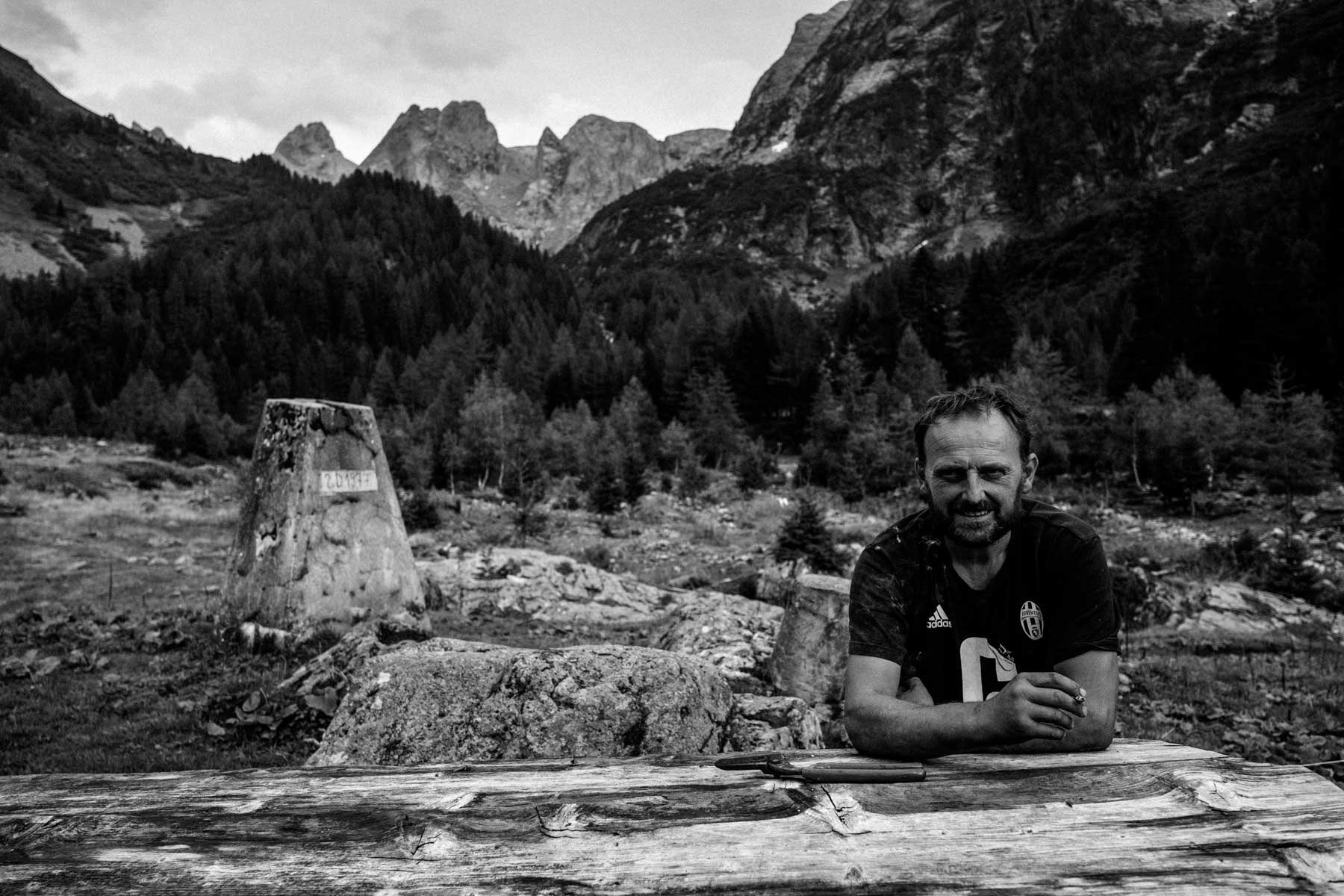
Son
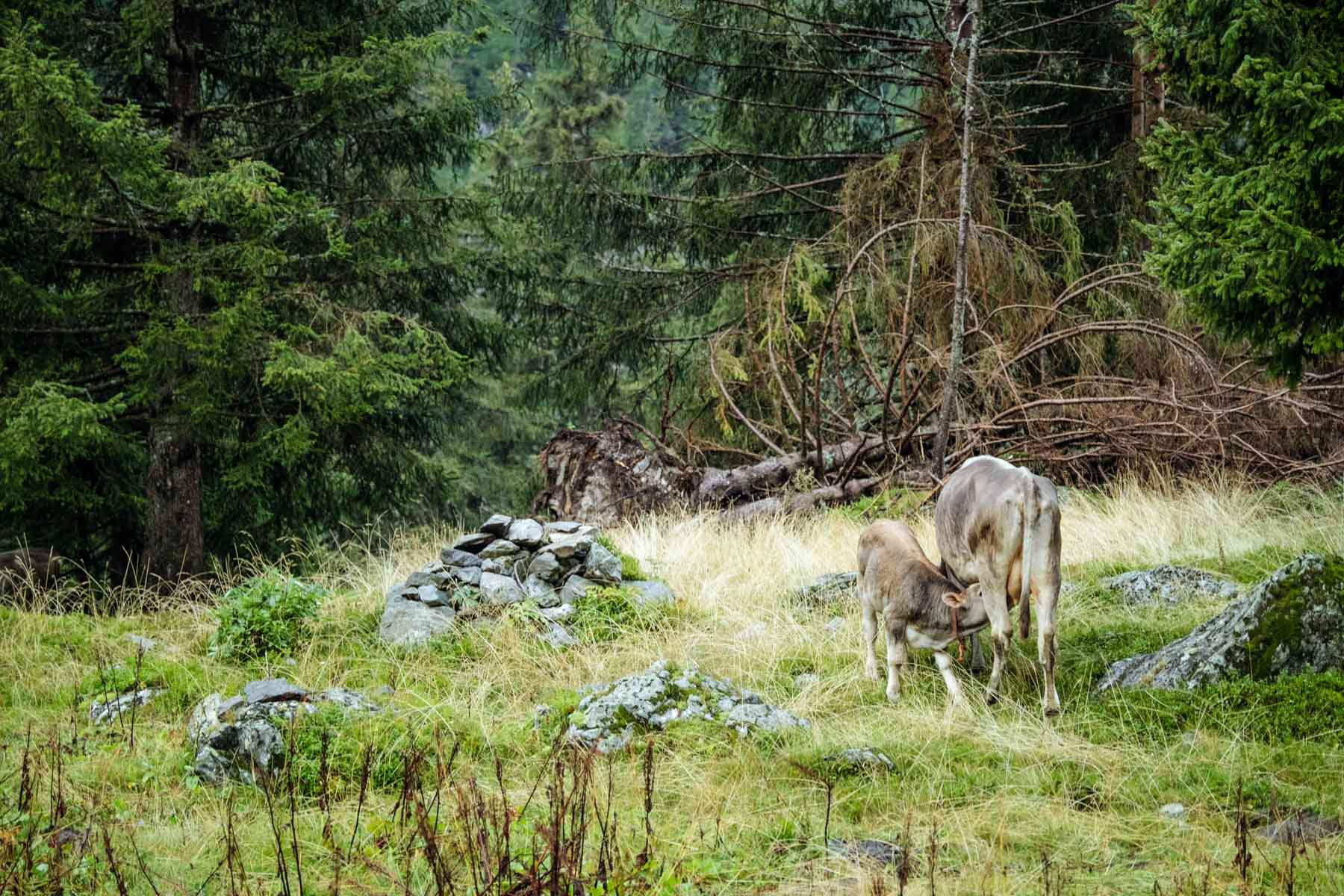
Calf drinking milk from his mum

Panoramic view of Baita Caronno

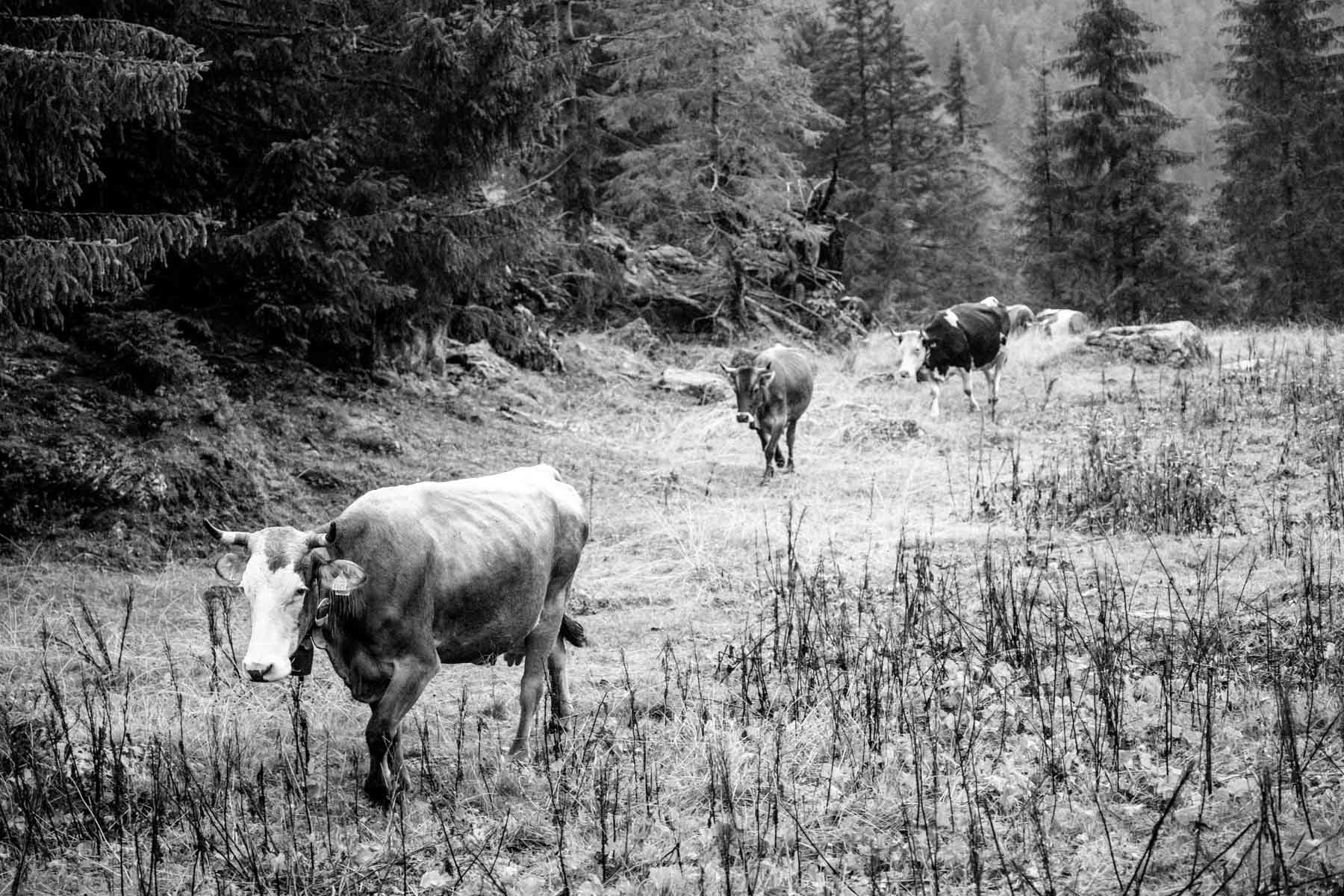
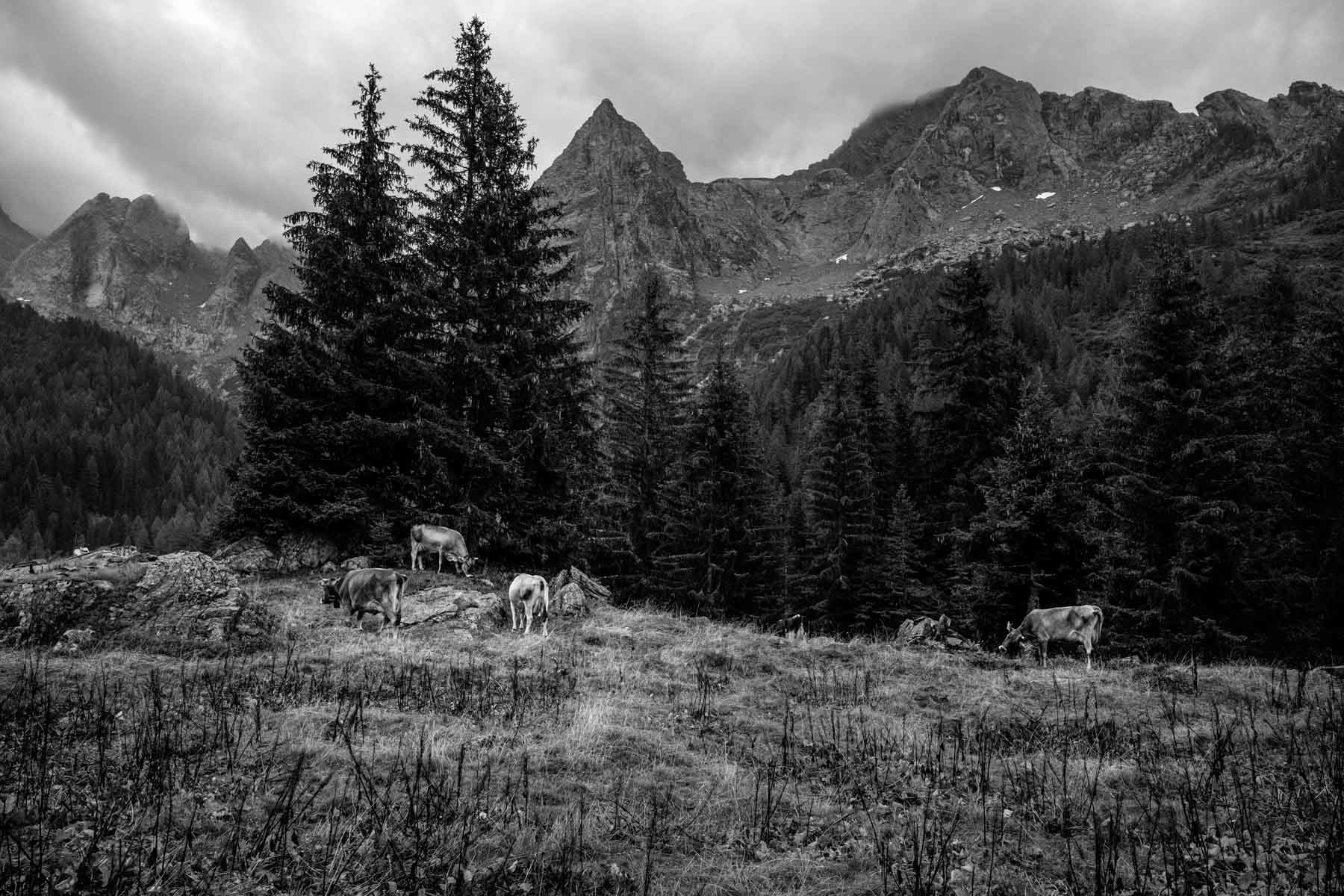
Early morning in the alps
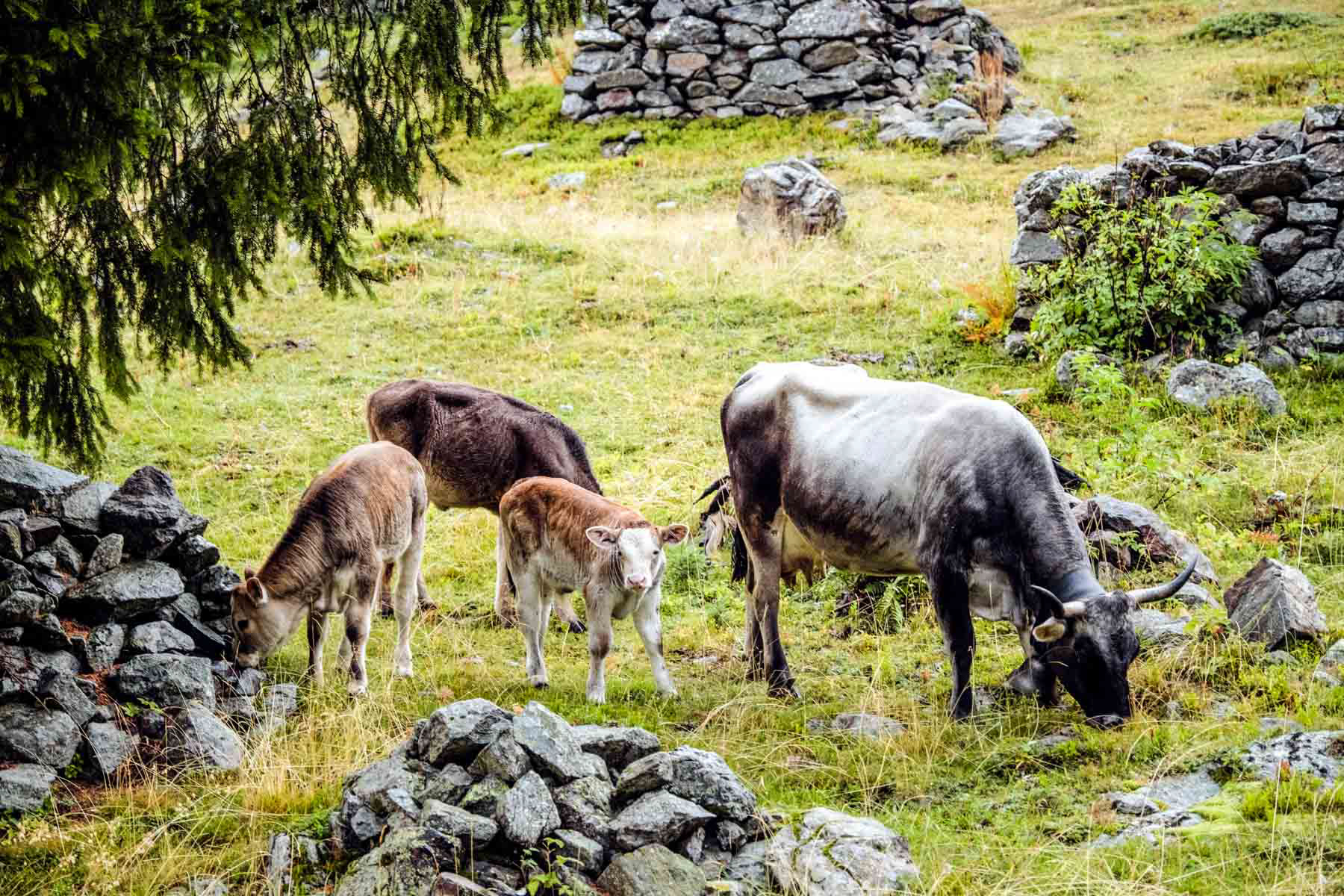
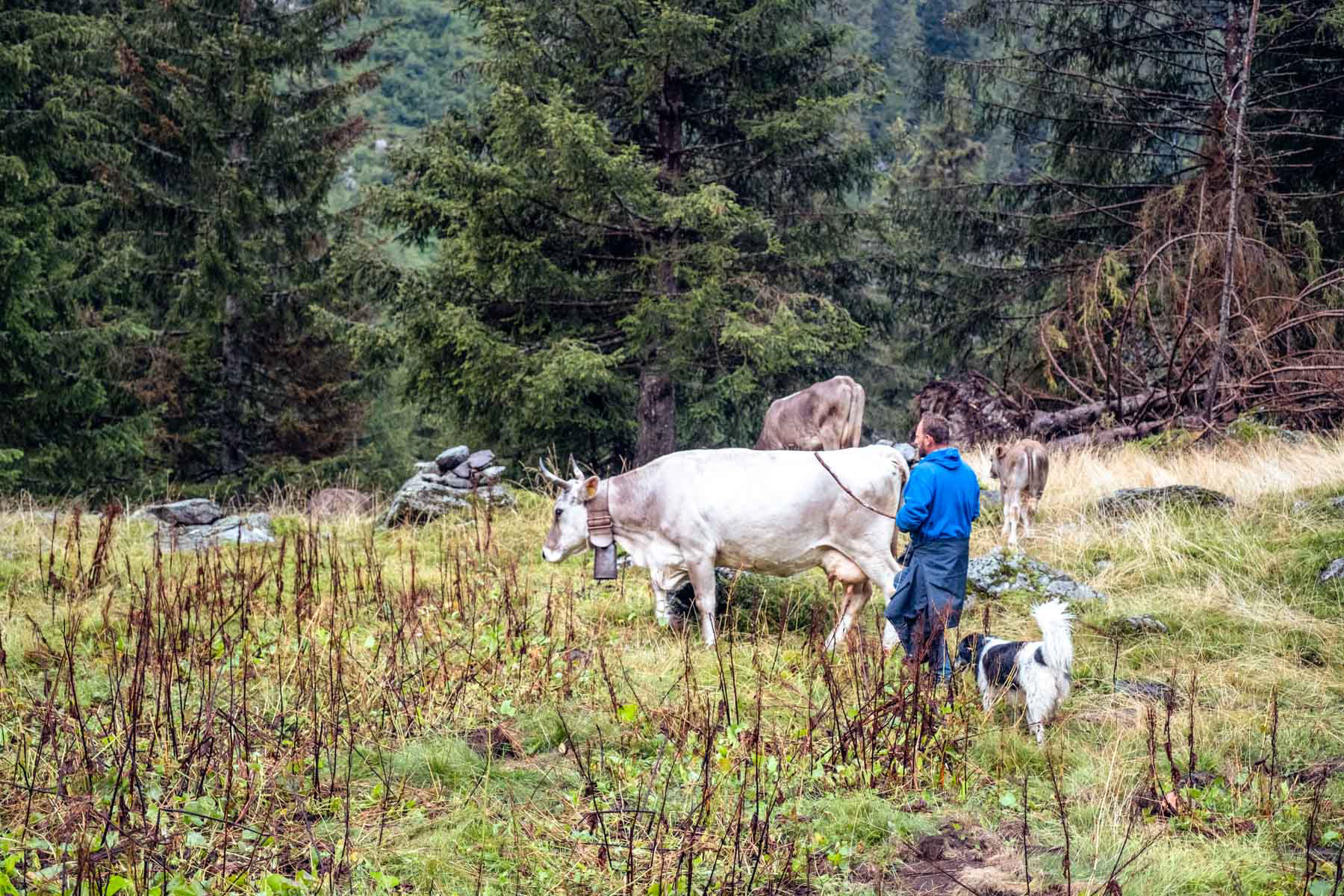
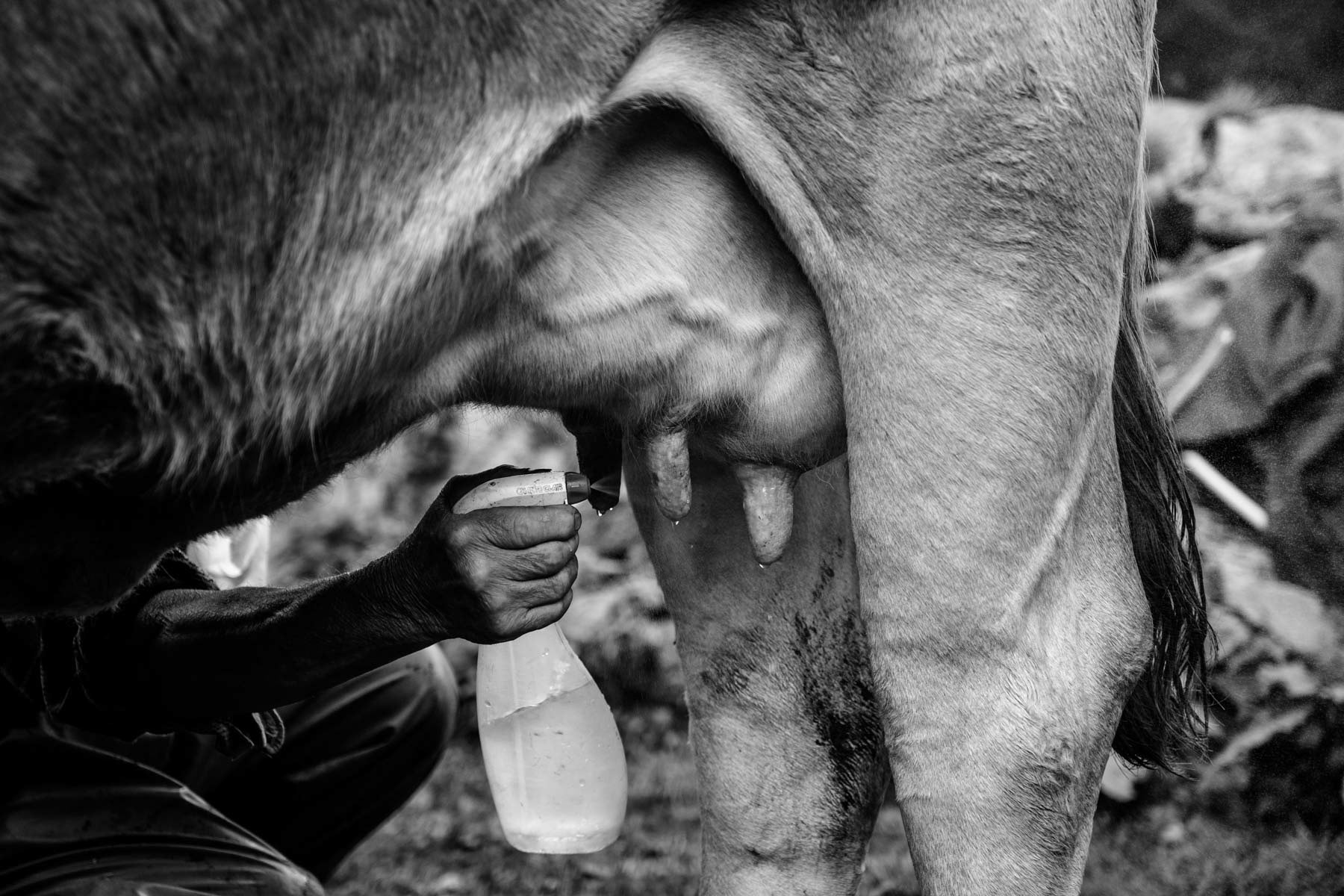
Cleaning the utter with water
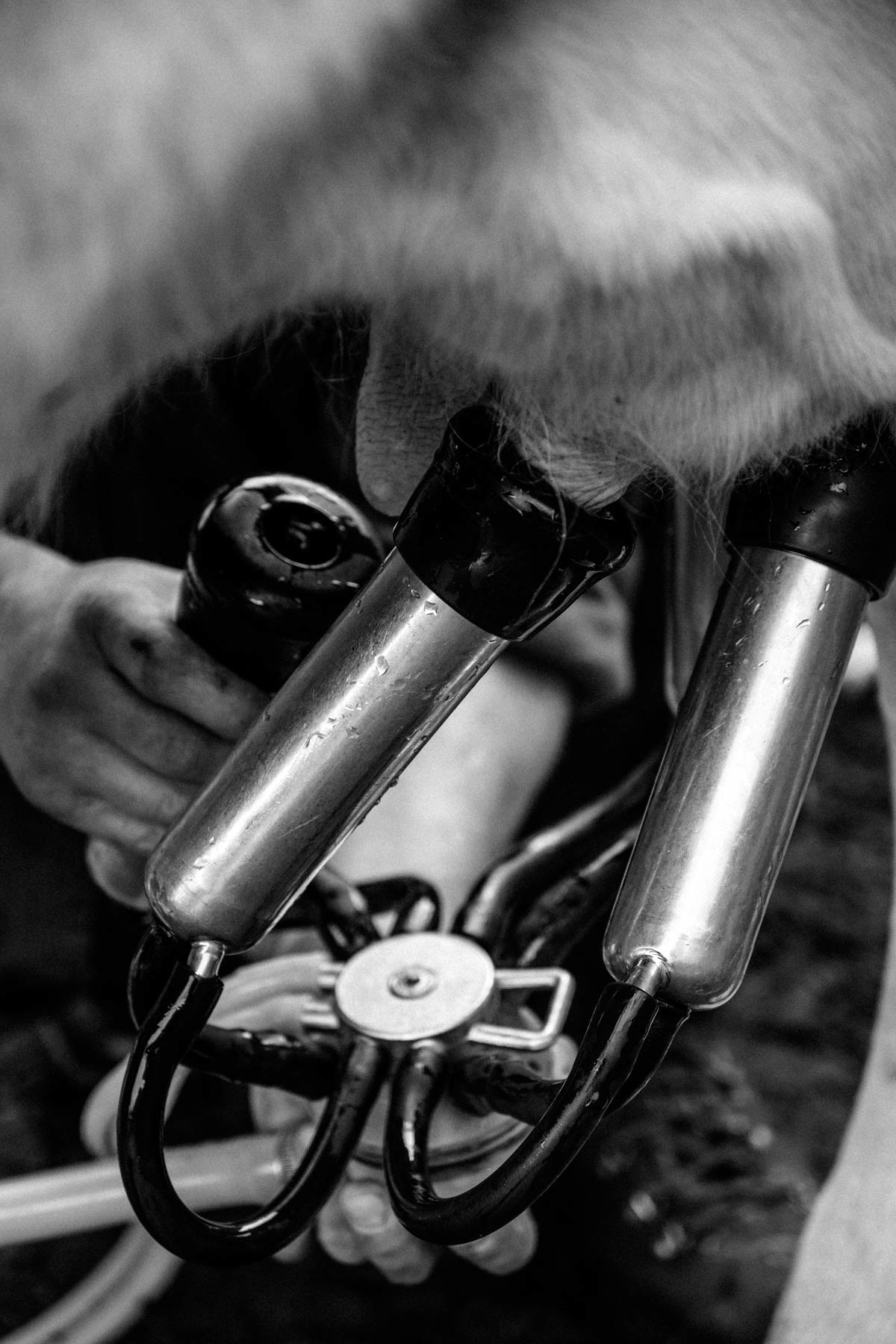
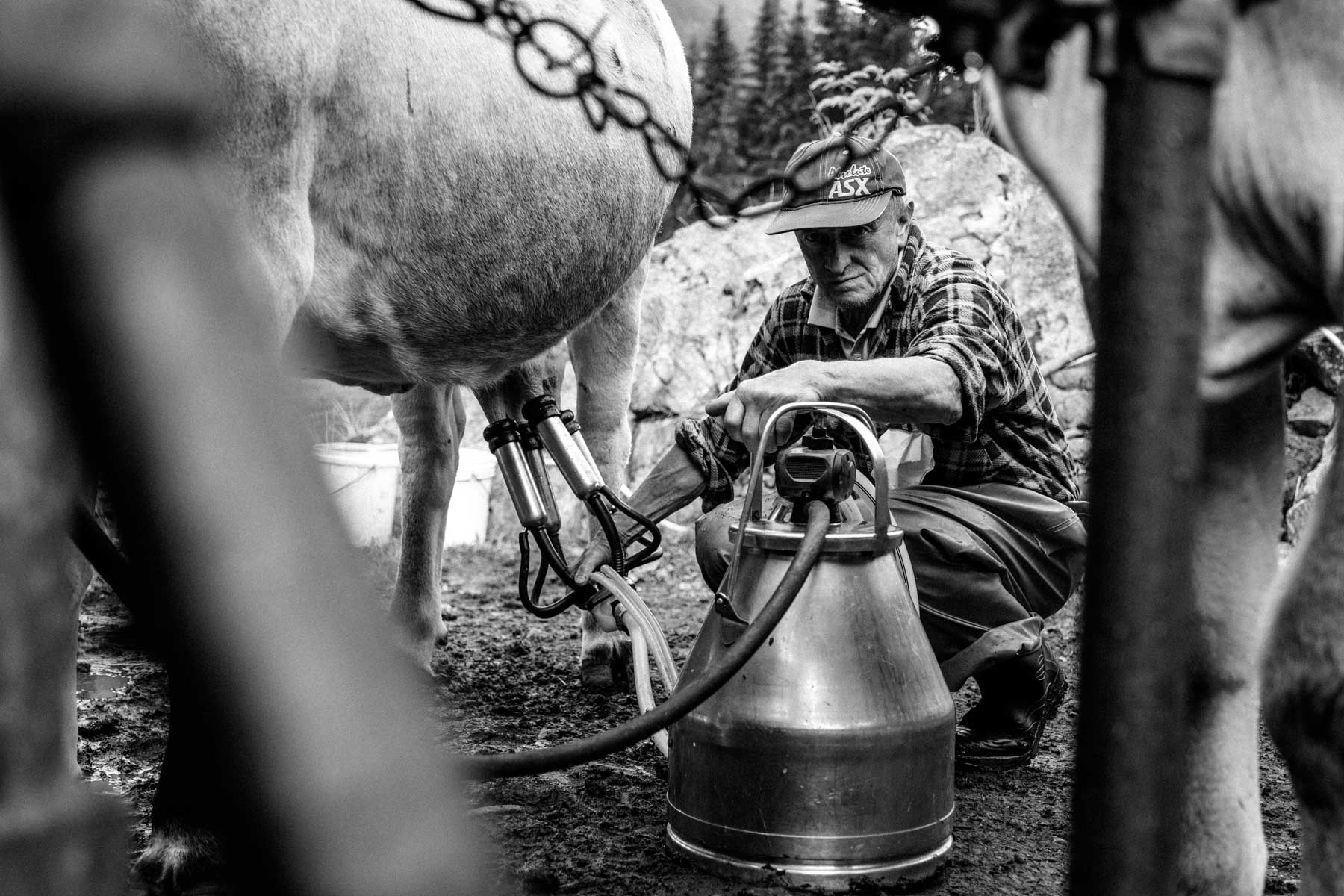
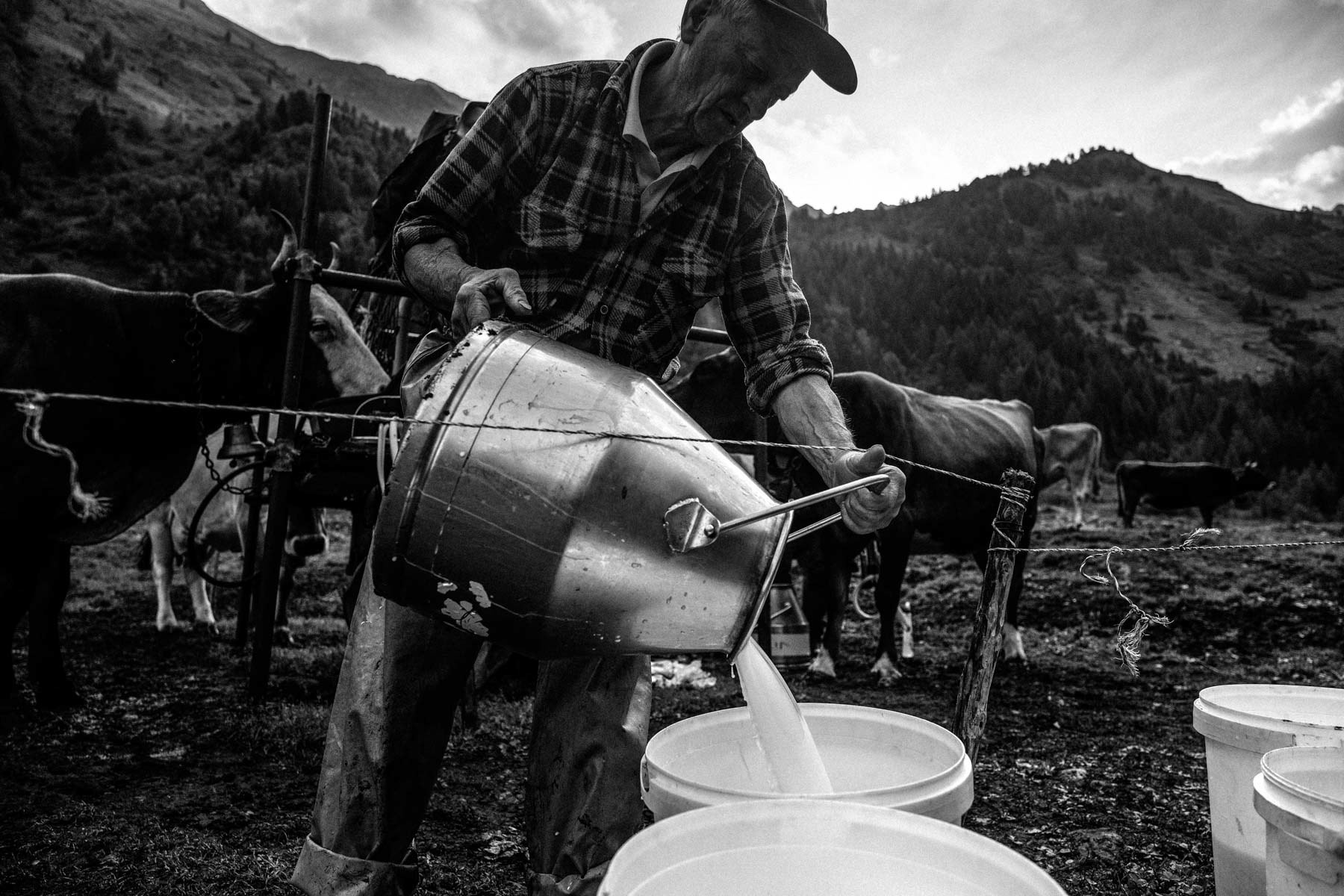
Transferring the milk into buckets
The milking:
It’s 4:30 am.
Through a small path, we reach the cow herd, they are still sleeping immersed in silence. Since they spend the summer in a small valley at 1600m above sea level, the shepherds prefer to leave the cows freely grazing - “the happier they are, the tastier the milk is.”
Once the shepherd finds them, he starts the gathering process. Some of them are eating, some other are still sleeping and a few are taking care of the newborns. It's a place where humans and cows live together in balance.
At Buglio’s alpine hut, the shepherds just started to milk the cows with the help of a small machine, but they keep milking only a small portion of the herd. They do not aim to increase the milk production – “we do not want a lot of milk, but just a good and healthy one”.
Not a drop of blood is spilled. Not a single udder flushed.
They milked around 20 cows in about two hours. Everything is slow pace.
In the meanwhile some calves run and the dogs rest. A shard of alpine life, probably destined to disappear, but that must not be forgotten.
It’s 4:30 am.
Through a small path, we reach the cow herd, they are still sleeping immersed in silence. Since they spend the summer in a small valley at 1600m above sea level, the shepherds prefer to leave the cows freely grazing - “the happier they are, the tastier the milk is.”
Once the shepherd finds them, he starts the gathering process. Some of them are eating, some other are still sleeping and a few are taking care of the newborns. It's a place where humans and cows live together in balance.
At Buglio’s alpine hut, the shepherds just started to milk the cows with the help of a small machine, but they keep milking only a small portion of the herd. They do not aim to increase the milk production – “we do not want a lot of milk, but just a good and healthy one”.
Not a drop of blood is spilled. Not a single udder flushed.
They milked around 20 cows in about two hours. Everything is slow pace.
In the meanwhile some calves run and the dogs rest. A shard of alpine life, probably destined to disappear, but that must not be forgotten.
After milking the cows, milk is left resting for 24h, a process that allows the cream to surface, to be easily collected.
After collecting it, they place it into a smaller bucket and make it ready to be transferred in the cheese making lab.
That is the very moment where the journey, refined over thousand years of traditions and knowledges, to be transformed into butter begins.
Once poured into the ‘Zangola’ (the wooden machine shown in the first pictures), the rotation mechanism is activated.
In the past, Mr. Buglio used to do it by hand, but as he said “years go by and the limb weakens”. The centrifugal force separates the solid parts from the liquid, creating butter on one side and serum on the other (from serum is possible to obtain more butter, but the quality is too low).
Once removed from the ‘Zangola’, butter needs to be washed under cold water.
After that, it is ‘thrown’ into wooden molds (the action of throwing it allows the air and water still trapped inside it to get out). Once ready, the stick of butter can be stored in a fridge for up to two week. Describing the taste is pointless, but I can ensure you that you’ve never tried butter until you get a taste of the handmade one.
After collecting it, they place it into a smaller bucket and make it ready to be transferred in the cheese making lab.
That is the very moment where the journey, refined over thousand years of traditions and knowledges, to be transformed into butter begins.
Once poured into the ‘Zangola’ (the wooden machine shown in the first pictures), the rotation mechanism is activated.
In the past, Mr. Buglio used to do it by hand, but as he said “years go by and the limb weakens”. The centrifugal force separates the solid parts from the liquid, creating butter on one side and serum on the other (from serum is possible to obtain more butter, but the quality is too low).
Once removed from the ‘Zangola’, butter needs to be washed under cold water.
After that, it is ‘thrown’ into wooden molds (the action of throwing it allows the air and water still trapped inside it to get out). Once ready, the stick of butter can be stored in a fridge for up to two week. Describing the taste is pointless, but I can ensure you that you’ve never tried butter until you get a taste of the handmade one.
